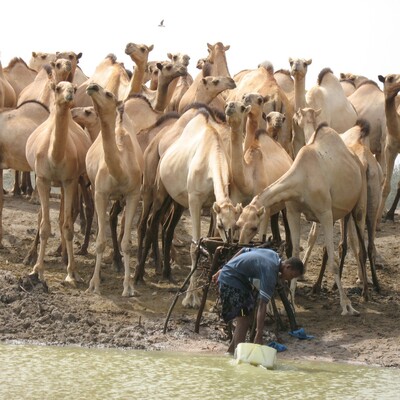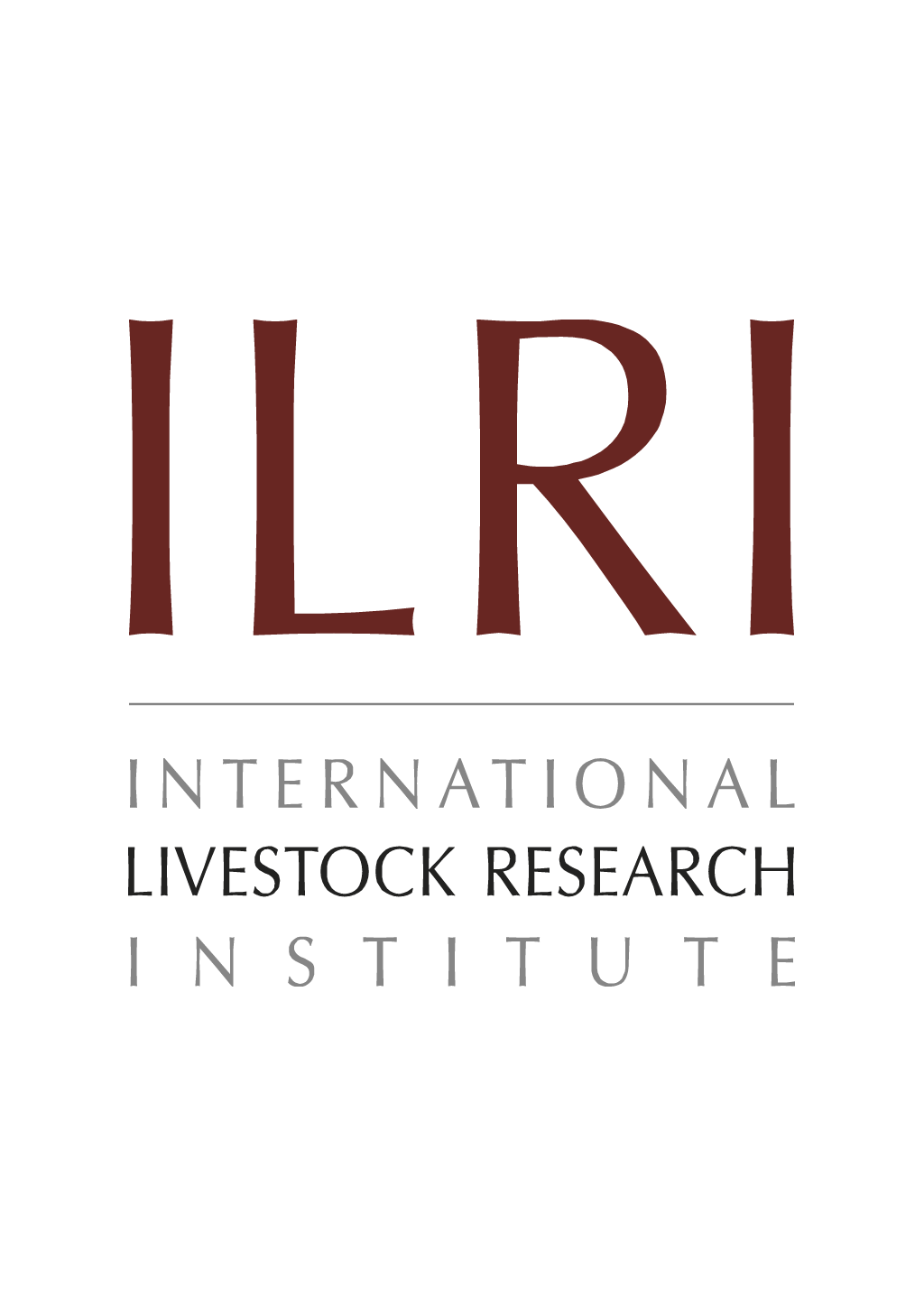
Wilted tagasaste (Chamaecytisus palmensis) forage as a replacement for a concentrate supplement for lactating crossbred Friesian X Zebu (Boran) dairy cows fed low quality native hay
Abstract
An experiment was conducted with four rumen-cannulated crossbred cows in a balanced 4x4 Latin square to study the effect of wilted tagasaste (Chamaecytisus palmensis) forage on rumen parameters and milk yield. The cows were fed a basal diet consisting of ad libitum native hay, mineral lick and water. Tagasaste forage was used to replace dry concentrate mix based on noug cake and wheat middlings that was used to supplement the basal diet. The rumen degradation of nitrogen tagasaste forage was intermediate between that of hay and wilted sesbania forage. Contents of tannic compounds were low in lower tagasaste than in sesbania forage. The cows refused to eat all the tagasaste forage at the higher levles of replacement resulting in lower total DM and crude protein intakes. Decline in nutrient intake resulted in decrease in milk yield and milk protein content. Replacing concentrate with tagasaste did not have a significant effect on the total tract digestion of dietary dry matter of organic matter but it decreased the crude protein digestion and increased cell wall digestion. It also had some effect on rumen fluid parameters. PH and acetic acid increased while propionic and butyric acids and ammonia decreased in the rumen fluid. Metabolizable energy supply was sufficient in all the diets to maintain the milk production level, but supply of crude protein was insufficient. It was concluded that tagasaste forage could not be used to replace concentrate as a supplementary feed for crossbred dairy cows without decreasing feed intake and milk yield. It was recommended that tagasaste should be evaluated in environment where practical alternatives for energy or protein supplements are scarce or non-existent.
Citation
Animal Feed Science and Technology;40(2-3):239-250




